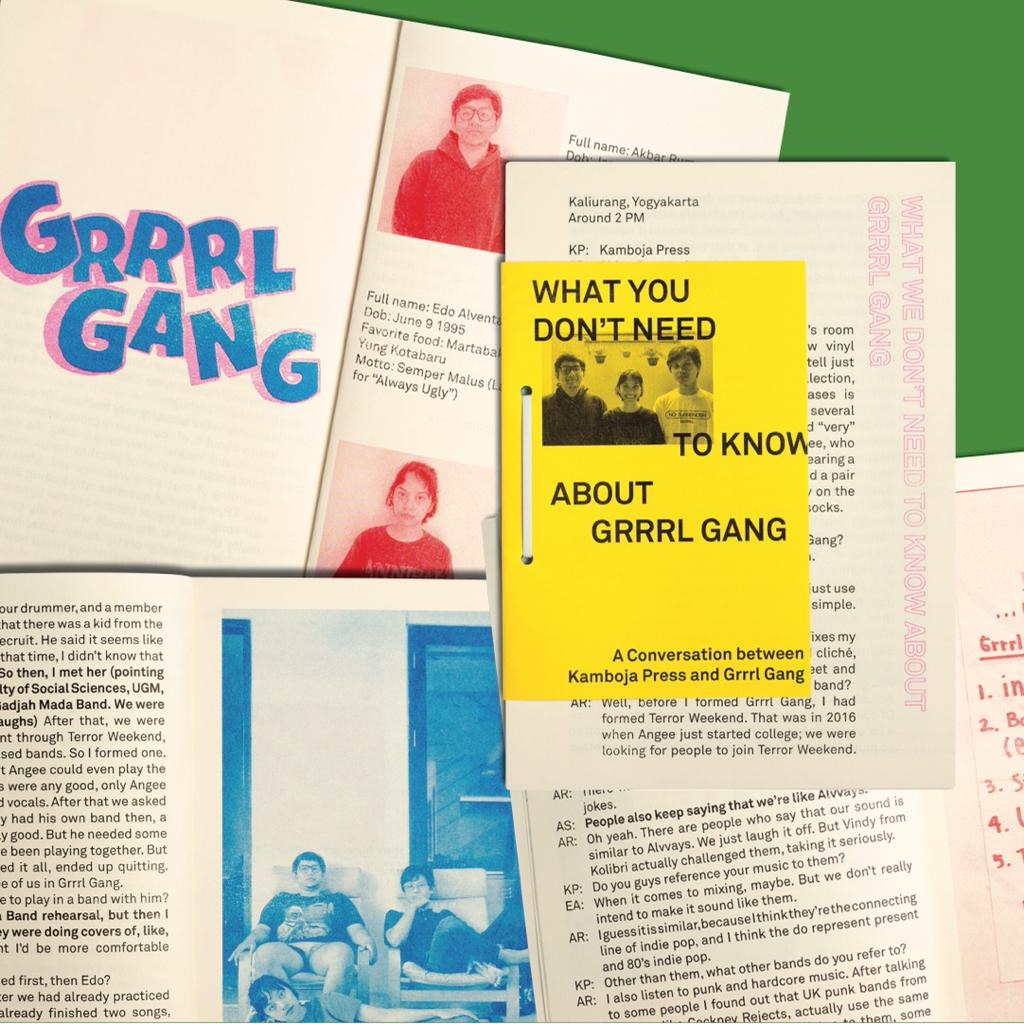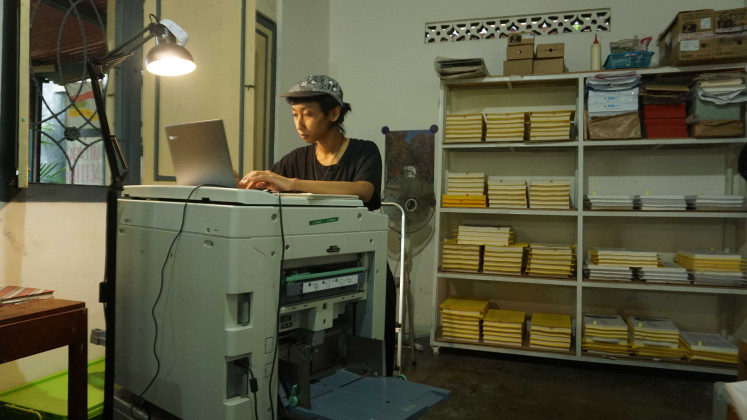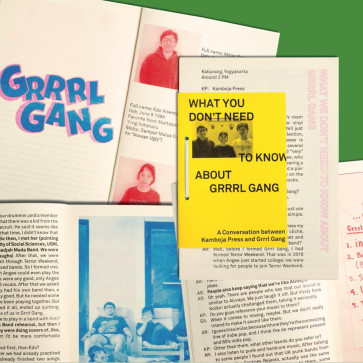Popular Reads
Top Results
Can't find what you're looking for?
View all search resultsPopular Reads
Top Results
Can't find what you're looking for?
View all search resultsRisograph printers make impression on artists and designers
Independent publishers and designers have embraced a printer called the Risograph, which offers unique color palettes and ecofriendliness.
Change text size
Gift Premium Articles
to Anyone
A
rtist Nadya Zahwa Noor calls her passion for Risograph printing a "fetish". In her six years of working as an artist, the 25-year-old has collected many Riso prints, as they're often called, in the form of children's storybooks, collective small-scale magazines called zines from Singapore to South Korea and her friends' artwork.
Producing unique color schemes that are translucent, meaning they change depending on the materials they are printed on, Riso printers are loved by designers, artists and limited-edition presses because they are cheap and result in often unpredictable colors that make any picture look artful.
Unlike conventional offset printing machines, Riso printers produce colors that, according to Nadya, "look like they don’t come from earth”.
"In offset printing, if I draw on the RGB mode screen and print it in CMYK mode, the result will look dull," Nadya said. "Looking at the [color] chart is like foreplay. Looking at the print, I can actually orgasm."
A Kunci Copy Station technician works on a Riso printer. (Aditya Adam/Courtesy of Aditya Adam)Angeeta Sentana, 23, the frontwoman of SXSW headlining indie rock band Grrrl Gang, is also a fan and has had a fanzine about her band printed by Kamboja Press using Riso printing.
"I like the colors, how the paper feels, how our pictures came out," said Angee, as she's known.




















